Discover Japan’s southern gem with our crisp, practical guide. Packed with must-see sights, culinary delights, and travel tips, read on for the ultimate Kyushu adventure.
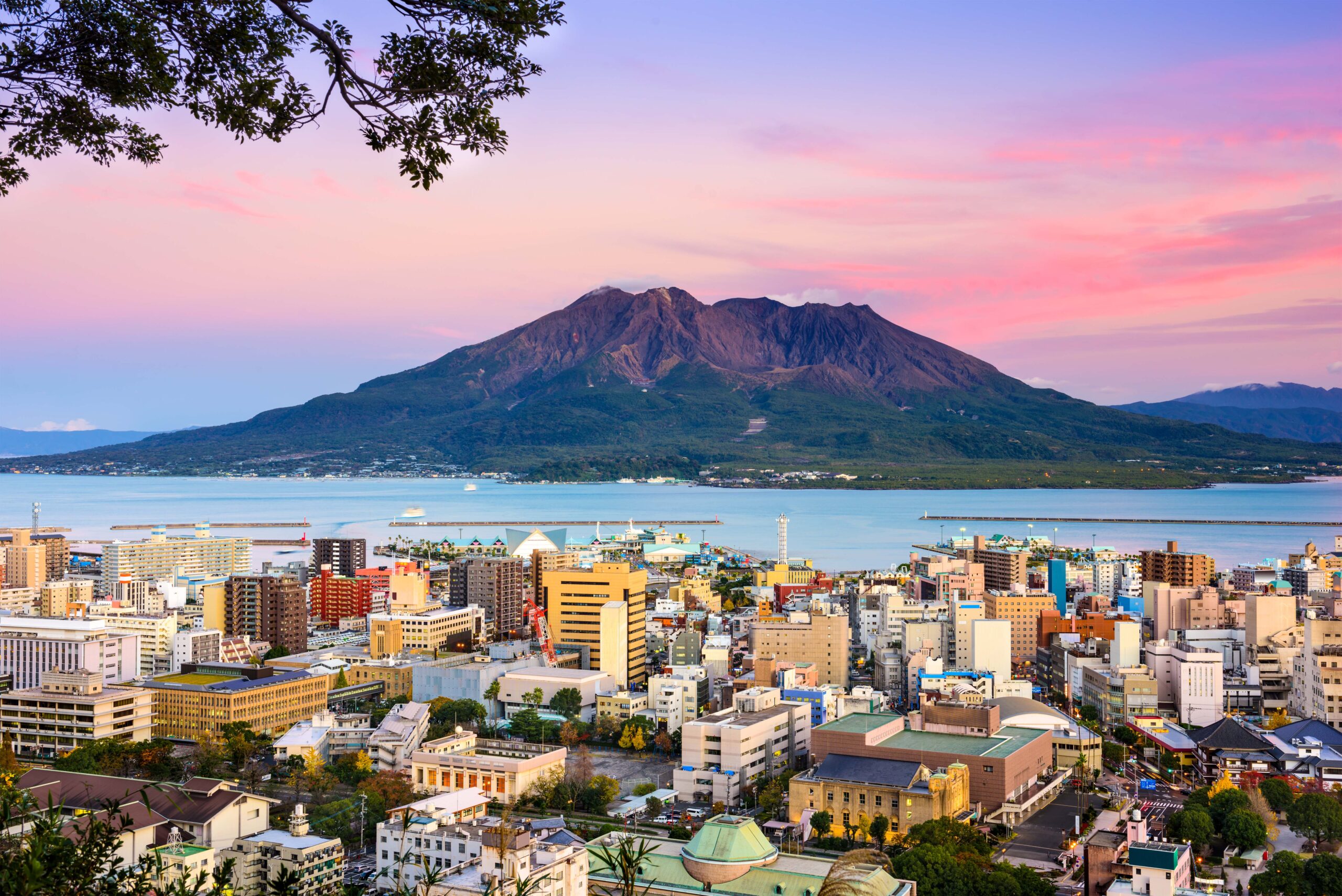 Kyushu, Japan’s third-largest island, is a captivating blend of volcanic landscapes, ancient culture, and mouthwatering cuisine. Whether you’re a first-timer or a seasoned explorer, this Travel 101 guide will help you make the most of your Kyushu journey: from hot spring retreats to bustling food markets.
Kyushu, Japan’s third-largest island, is a captivating blend of volcanic landscapes, ancient culture, and mouthwatering cuisine. Whether you’re a first-timer or a seasoned explorer, this Travel 101 guide will help you make the most of your Kyushu journey: from hot spring retreats to bustling food markets.
Why visit Kyushu?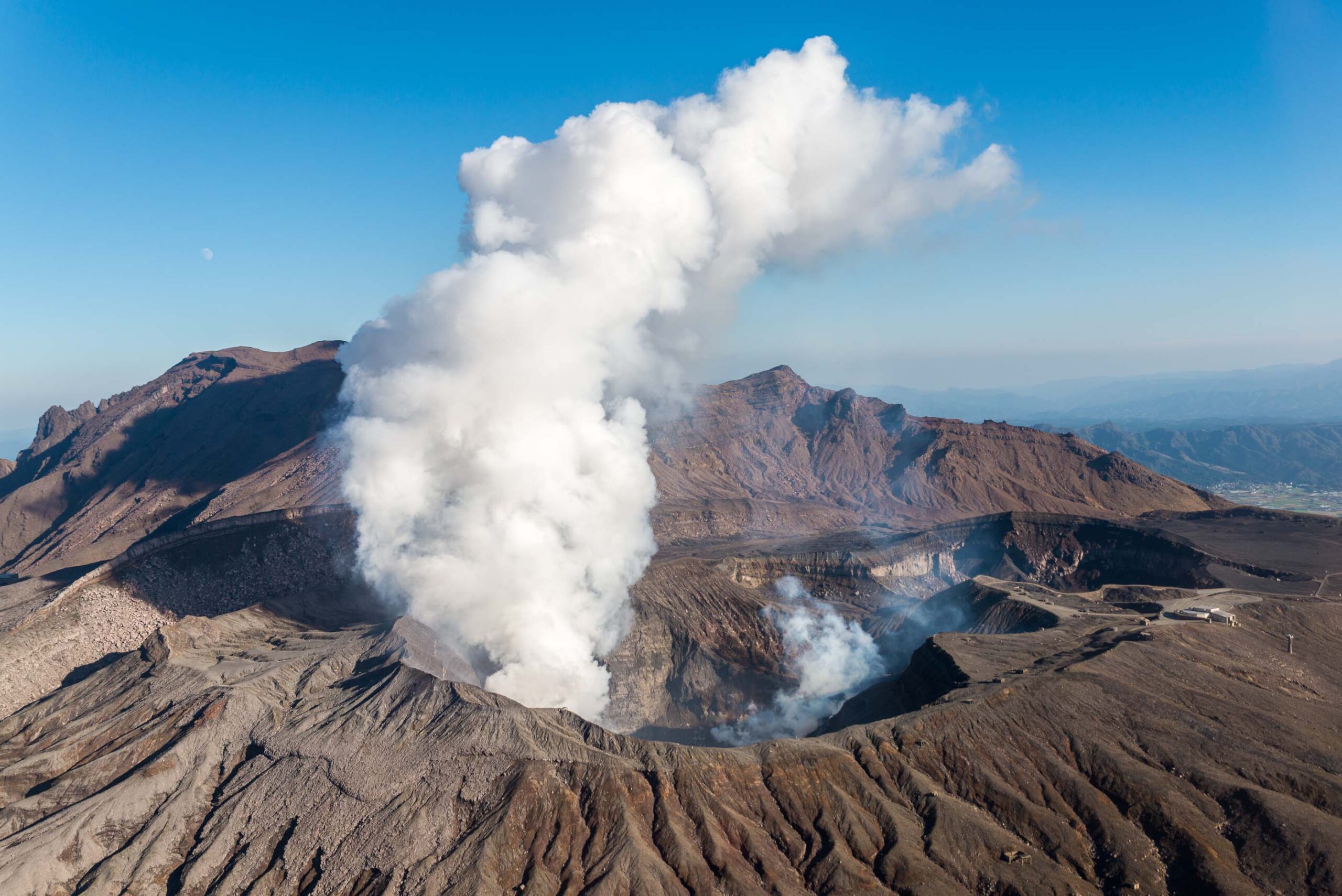
Kyushu stands apart from the rest of Japan with its subtropical climate, dramatic scenery, and laid-back charm. The island is famed for its active volcanoes, historic hot spring towns, samurai heritage, and some of the best food in the country. With excellent transport links and a welcoming atmosphere, Kyushu is perfect for both independent travellers and families.
 How to Get to Kyushu
How to Get to Kyushu
Reaching Kyushu is straightforward from Singapore and Japan’s major cities, making it highly accessible for Singaporean travellers.
📍 From Singapore
There are direct flights to Fukuoka, Kyushu’s main international gateway, operated by airlines such as Singapore Airlines and Scoot. The approximate flight time is 6 hours. One can also fly into Tokyo (Haneda/Narita), Osaka (Kansai), or Nagoya, then take a domestic flight or bullet train (shinkansen) to Kyushu.
📍 From Tokyo
There are direct flights from Tokyo (Haneda/Narita) to Fukuoka, Kumamoto, Nagasaki, Kagoshima, or Miyazaki and take about 2 hours. By rail, one can take the JR Tokaido/Sanyo Shinkansen which connects Tokyo to Hakata Station in Fukuoka. The direct Nozomi Shinkansen takes roughly 5 hours.
📍 From Osaka (Kansai/Itami)
There are frequent direct flights to major airports in Kyushu. Flight time is approximately 1.5 hours. The Sanyo Shinkansen from Shin-Osaka to Hakata (Fukuoka) takes just 2.5 to 3 hours on the fastest trains.
📍 From Kyoto
Take the Tokaido/Sanyo Shinkansen from Kyoto Station to Hakata (Fukuoka), which also takes about 3 hours. The nearest airport from Kyoto is Osaka (Kansai), about 75 minutes by train from Kyoto. From there, catch a flight to Kyushu destinations.
Tip: Invest in a JR Kyushu Rail Pass if you plan to explore multiple regions within Kyushu by train.
 Top things to do & see
Top things to do & see
Relax in Onsen towns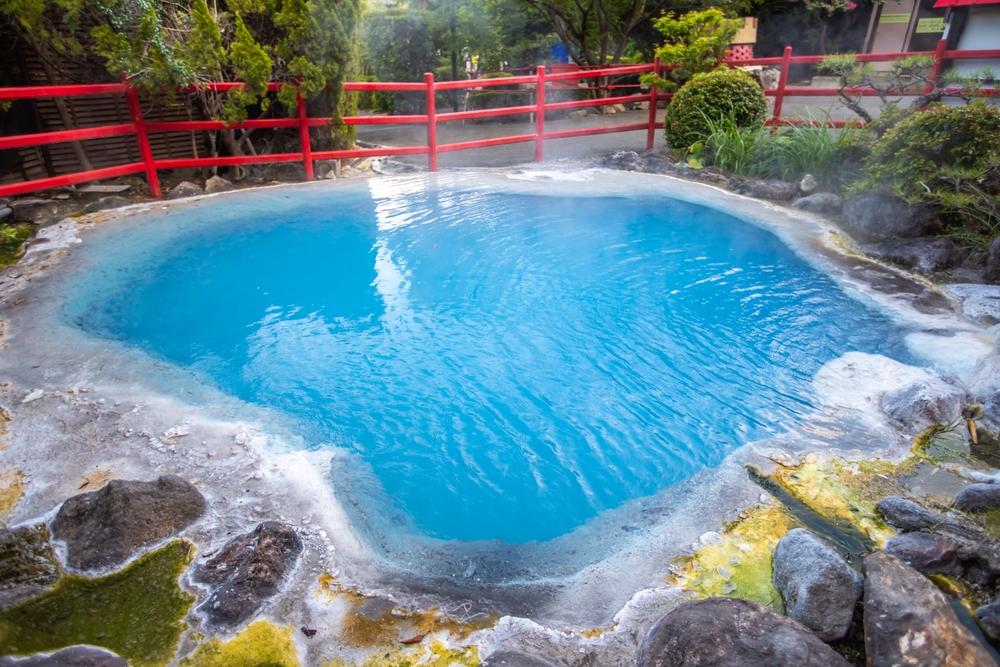
Kyushu is Japan’s onsen or hot spring capital. Beppu and Yufuin are two of the most famous onsen towns, offering everything from traditional bathhouses to luxurious ryokan stays. Don’t miss the “Hells of Beppu”, a collection of spectacular, steaming hot springs best admired rather than bathed in!
Explore volcanic wonders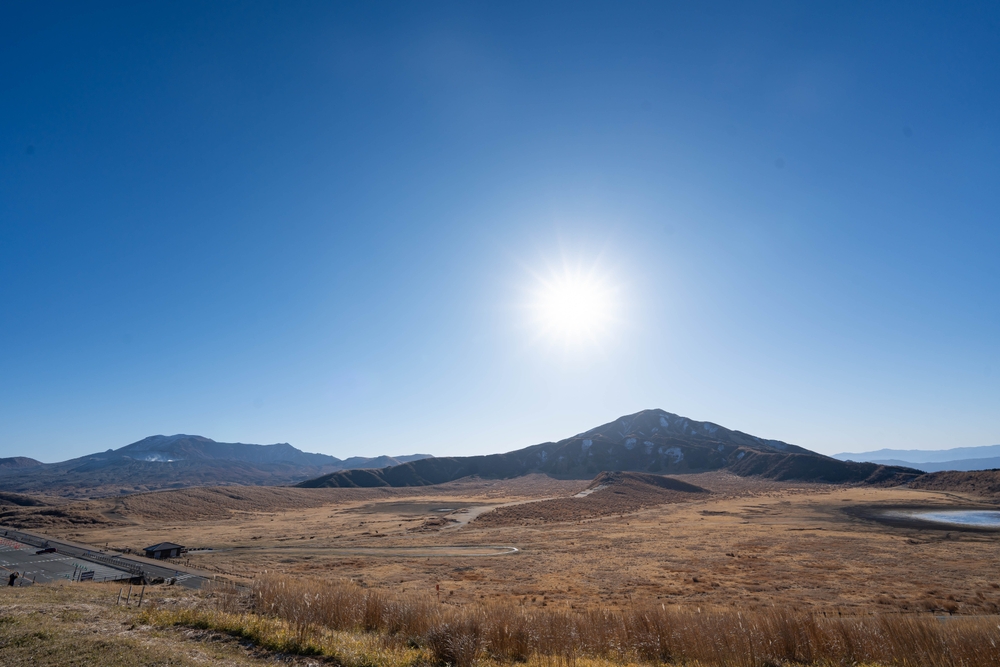
The island’s fiery heart is Mount Aso, one of the world’s largest active volcanoes. Hike the caldera, visit the Aso Volcano Museum, and marvel at the lunar-like landscapes. Nearby, Kirishima offers scenic trails and more volcanic vistas.
Discover historic Nagasaki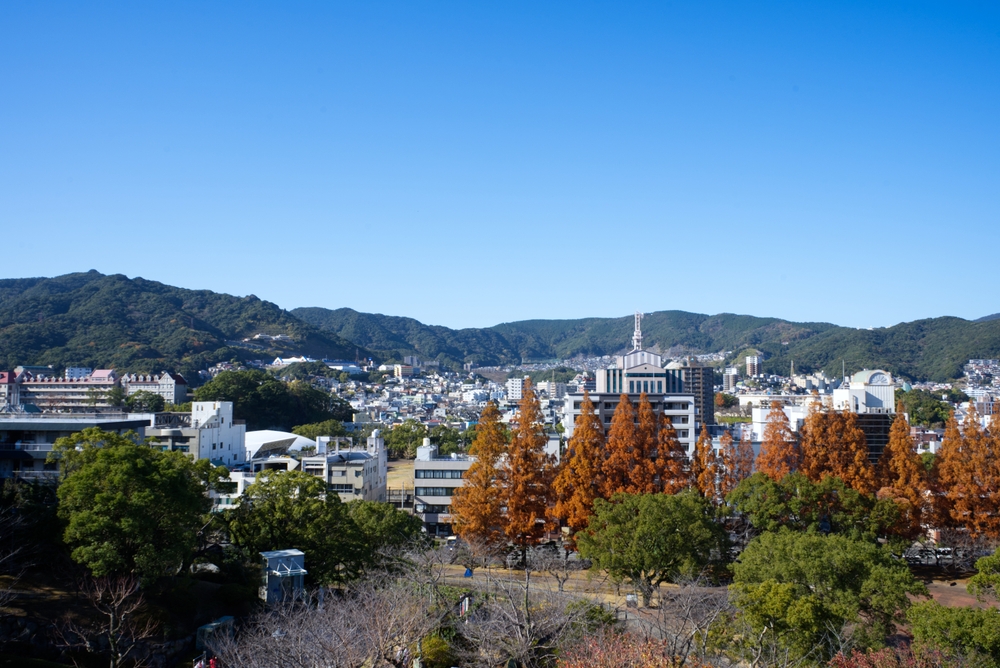
Nagasaki’s cosmopolitan past is evident in its European-style churches, Dutch-inspired houses, and poignant Peace Park. The Atomic Bomb Museum is a must for history buffs, while Dejima and Glover Garden showcase the city’s unique international heritage.
Wander Fukuoka’s urban charms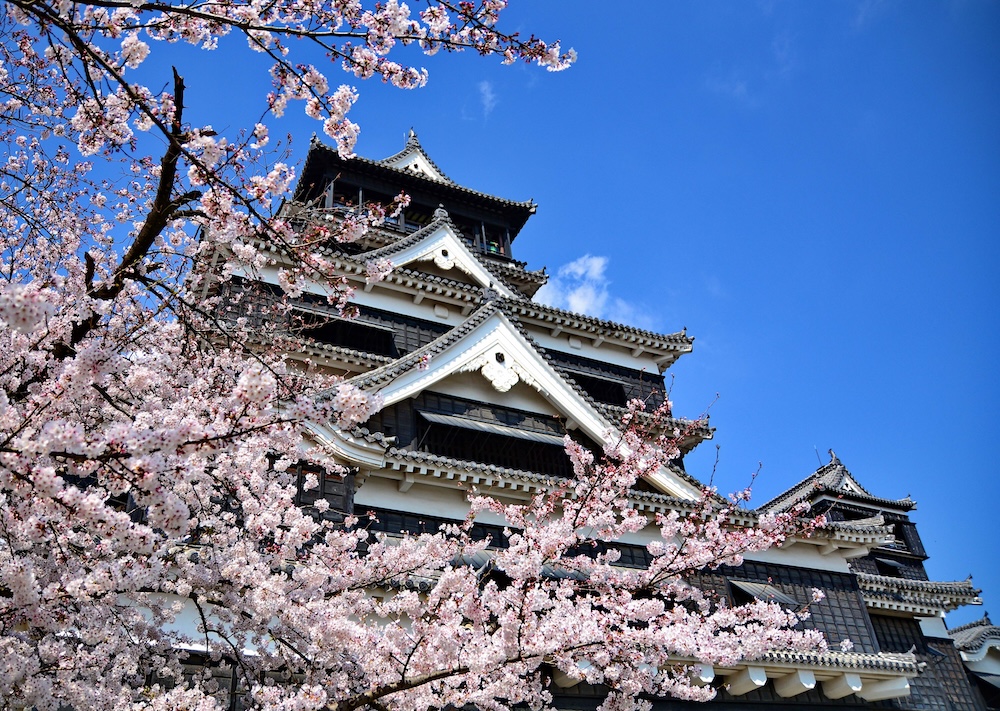
Fukuoka, Kyushu’s largest city, is a vibrant hub blending modernity with tradition. Stroll along the riverside in Nakasu, shop in Tenjin, and visit Ohori Park. Don’t miss the iconic Fukuoka Castle Ruins and the lively yatai(street food stalls) along the river.
Step back in time in Kumamoto
The imposing Kumamoto Castle is one of Japan’s finest, surrounded by lush gardens. The city is also the gateway to the picturesque Amakusa Islands, famous for their hidden Christian history and dolphin-watching cruises.
Marvel at nature in Takachiho Gorge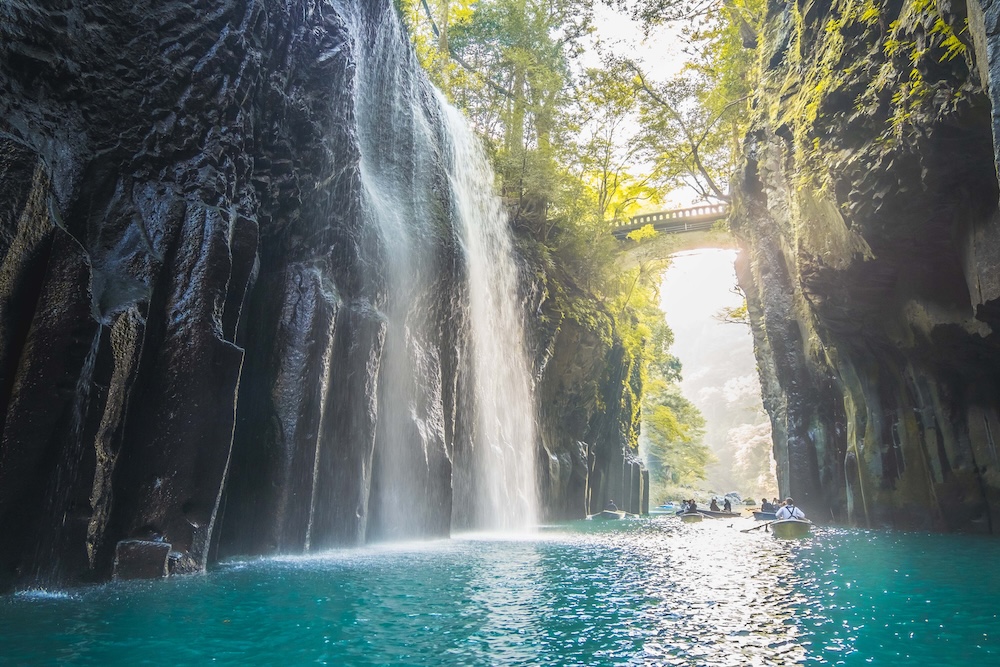
This stunning gorge in Miyazaki Prefecture is a must for nature lovers. Rent a rowboat to glide beneath cascading waterfalls, or hike the scenic trails along the gorge rim.
 Must-try dishes
Must-try dishes
Kyushu’s food scene is legendary, with each region boasting its specialities. Here’s what to try:
Hakata Ramen (Fukuoka)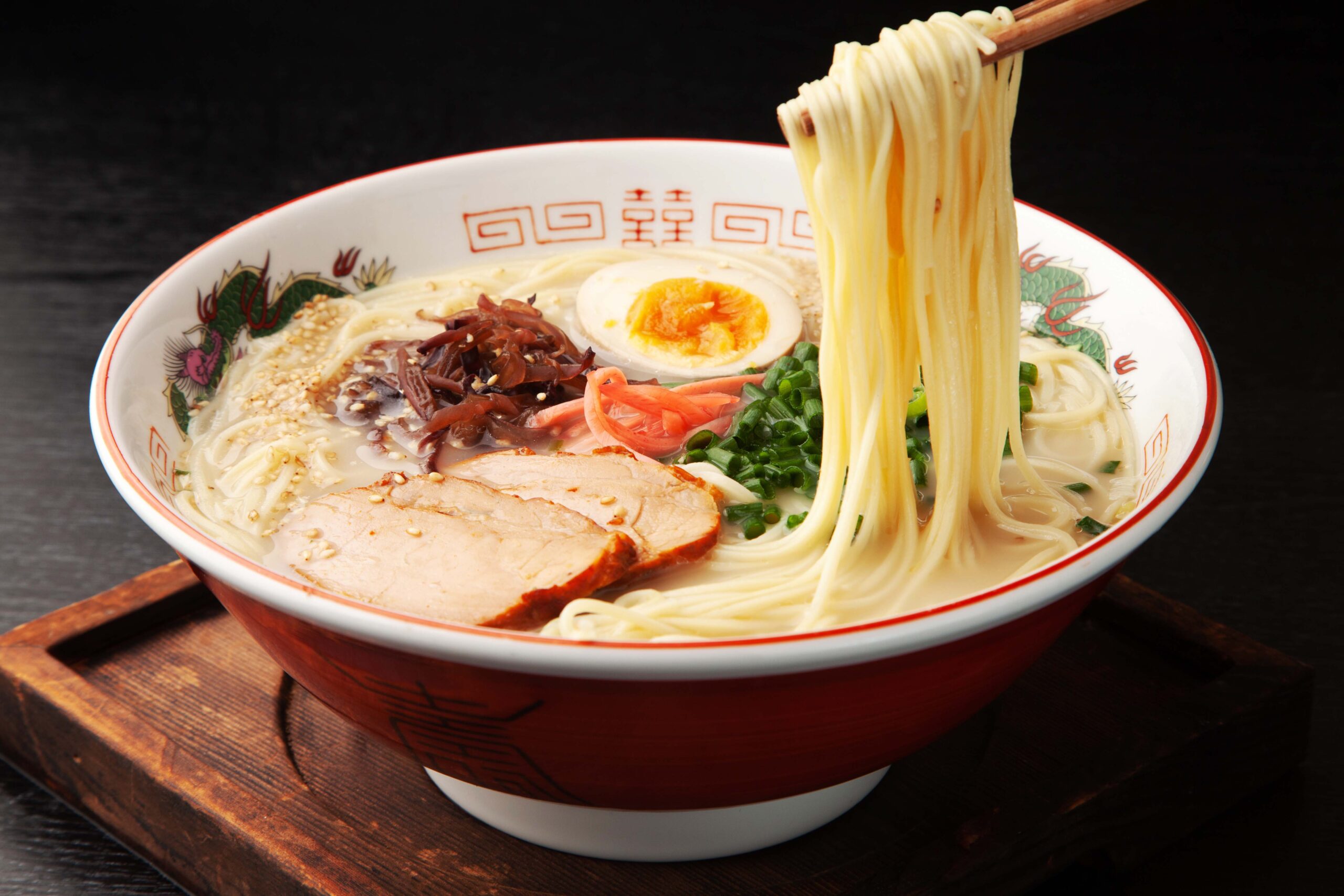
No trip to Kyushu is complete without sampling Hakata ramen, Fukuoka’s beloved noodle dish. Even though Hakata ramen originated in Fukuoka, many still flock to Kyushu specifically to experience an authentic bowl of this legendary noodle dish.
Distinguished by its ultra-thin, firm noodles and a rich, creamy tonkotsu (pork bone) broth, Hakata ramen is often served in a minimalist style, just scallions, bamboo shoots, slices of tender chashu pork, and the iconic pickled ginger. The broth’s depth of flavour comes from hours of slow-simmering pork bones, resulting in an intensely savoury, slightly nutty taste. Don’t miss the yatai (street stalls) along the riverside for a true local experience; here, ramen comes with a lively atmosphere and sometimes, the option to customise your noodle firmness or add spicy garnishes for extra kick.
Kagoshima Kurobuta Pork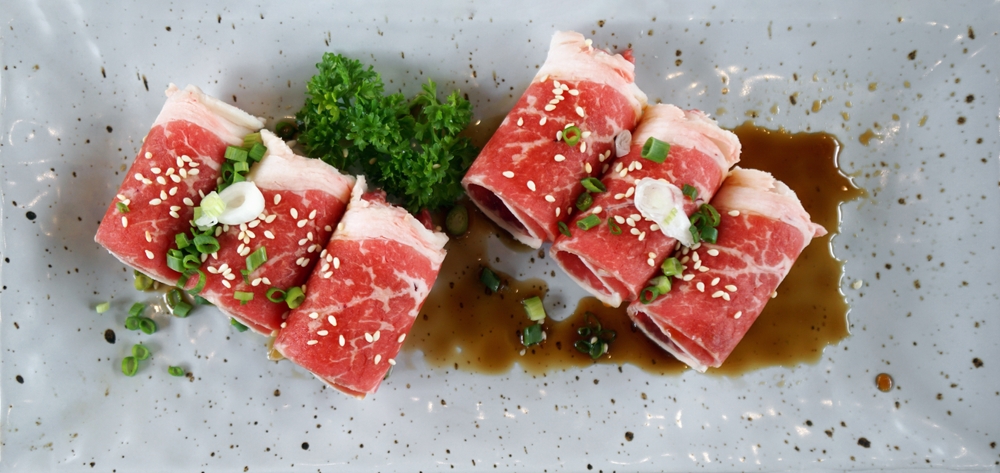
Succulent black pork served as shabu-shabu or tonkatsu, Kagoshima’s prized Kurobuta pork comes from a heritage breed of black pig known for its juicy, marbled meat and slightly sweet flavour.
Traditionally enjoyed as shabu-shabu (hot pot), tonkatsu (breaded pork cutlet), or grilled simply to showcase its natural taste, the meat is melt-in-the-mouth tender. Restaurants often highlight their quality through minimal seasoning and straightforward cooking methods. If you’re a pork enthusiast, look for speciality Kurobuta restaurants in Kagoshima city, where you can compare different cuts and preparations. Reservations may be wise for the most popular spots..
Motsunabe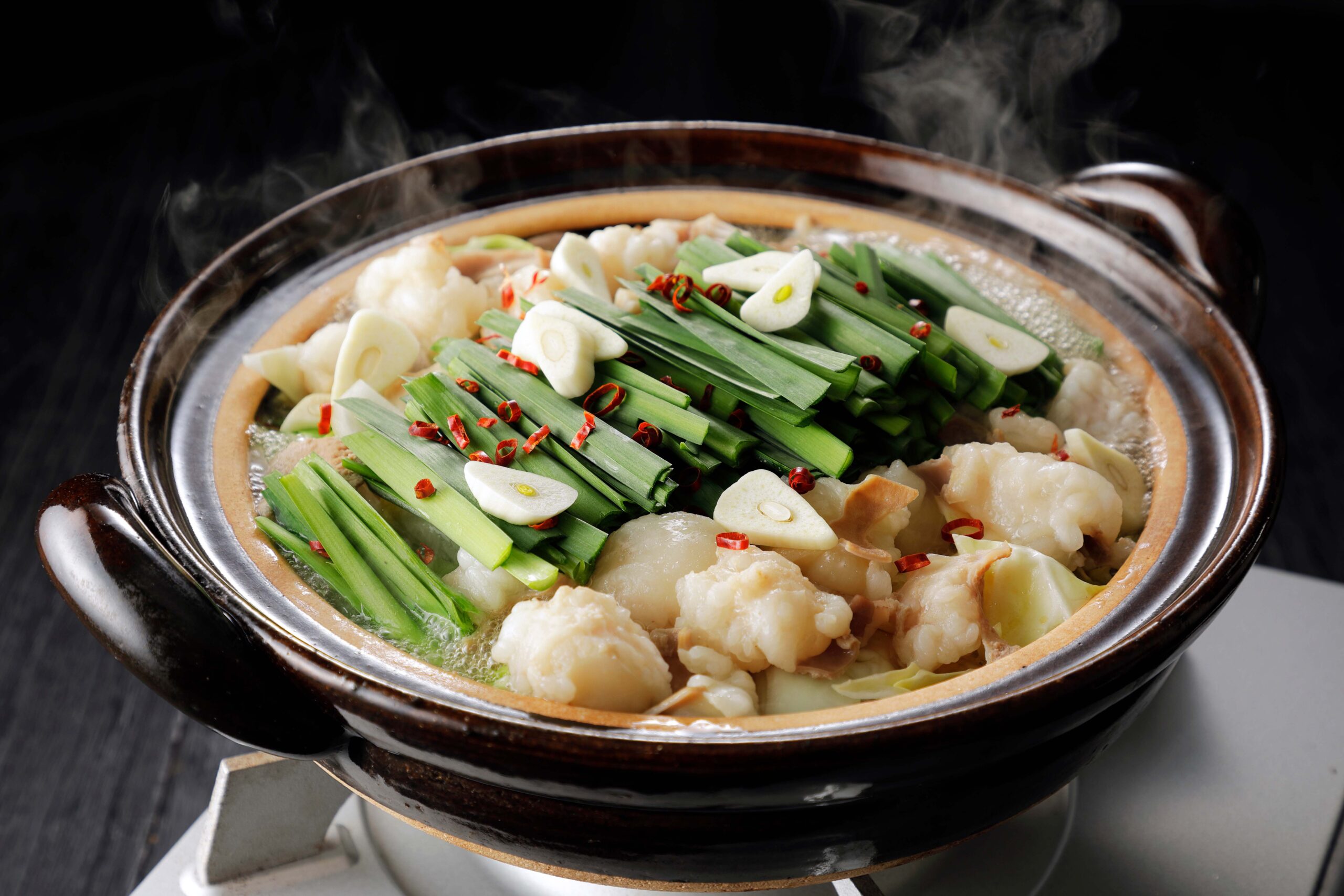
Motsunabe is a hearty, soulful hotpot that originated in Fukuoka and has grown into a regional favourite. Central to this dish are beef or pork offal pieces (such as intestines), simmered with heaps of cabbage, garlic, chives, and chilli peppers in a bubbling broth of soy or miso.
While the mention of offal may be intimidating to some, motsunabe is surprisingly approachable—the simmering process yields tender morsels and a deeply savoury soup. It’s ideal for sharing with friends, especially during colder months. Most restaurants will finish the meal by adding noodles or rice to soak up the remaining broth.
Chicken Nanban (Miyazaki)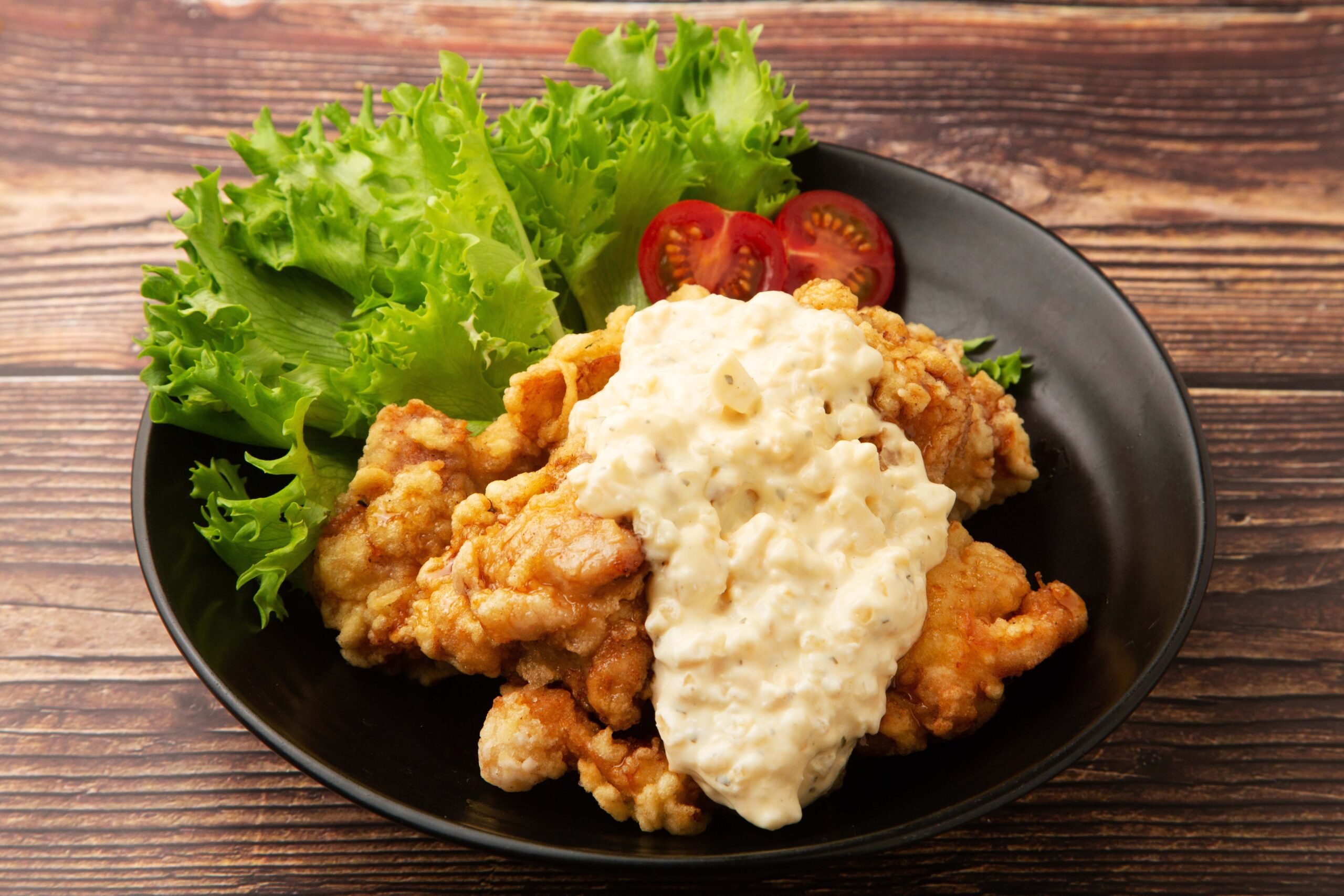
A comfort food classic from Miyazaki, chicken nanban features succulent fried chicken that’s first dipped in a tangy-sweet vinegar sauce, then topped with creamy homemade tartar. The combination of crisp coating, juicy meat, and velvety sauce strikes a delightful balance between rich and refreshing.
Restaurants often serve it with a side of cabbage or salad, making it a popular lunch selection. For the most authentic experience, seek out local diners (shokudo) in Miyazaki; some of the best versions are found in humble, family-run establishments
Satsuma-age (Kagoshima)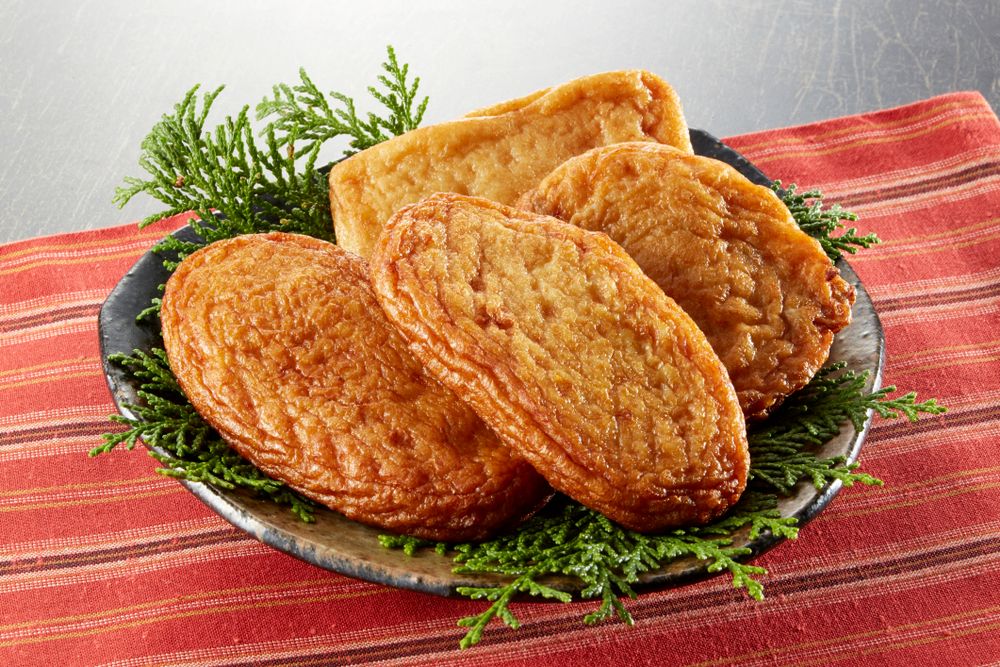
Satsuma-age are deep-fried fishcakes with roots in Kagoshima, crafted from fresh white fish that’s minced, mixed with seasonings or vegetables, and shaped before being fried to golden perfection. Unlike traditional kamaboko (steamed fish cakes), satsuma-age boasts a satisfyingly crisp exterior and subtly sweet, bouncy interior.
They can be found at street stalls and markets, sold hot for a snack, or offered as part of oden (Japanese hotpot) in izakayas. Each vendor may add their twist, try versions with burdock, squid, or even cheese.
Fresh Seafood (Nagasaki, Saga)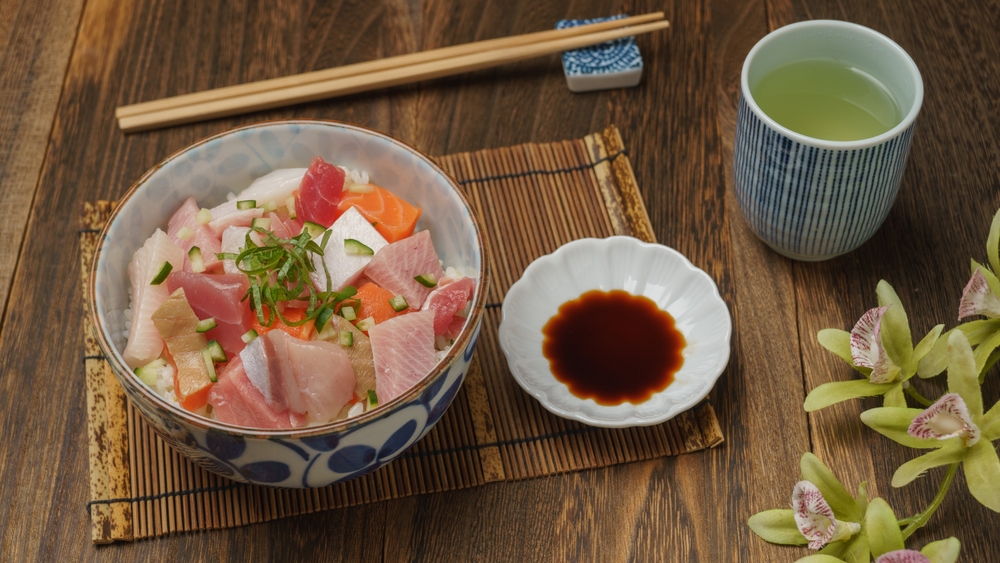
Kyushu’s coastal cities are famous for an astounding array of fresh seafood, with Nagasaki and Saga standing out as particularly noteworthy. At local markets, you’ll find expertly sliced sashimi, vibrant kaisendon (seafood rice bowls), and grilled delicacies featuring seasonal catches. Nagasaki is renowned for dishes influenced by its international port history, such as champon—a ramen-like noodle dish with seafood and vegetables in a creamy broth. Seek out fish markets with a sit-down area, or visit an izakaya (Japanese gastro-pub) to sample today’s freshest harvest. Don’t miss local specialities like flying fish or squid when they’re in season.
Kasutera (Nagasaki sponge cake)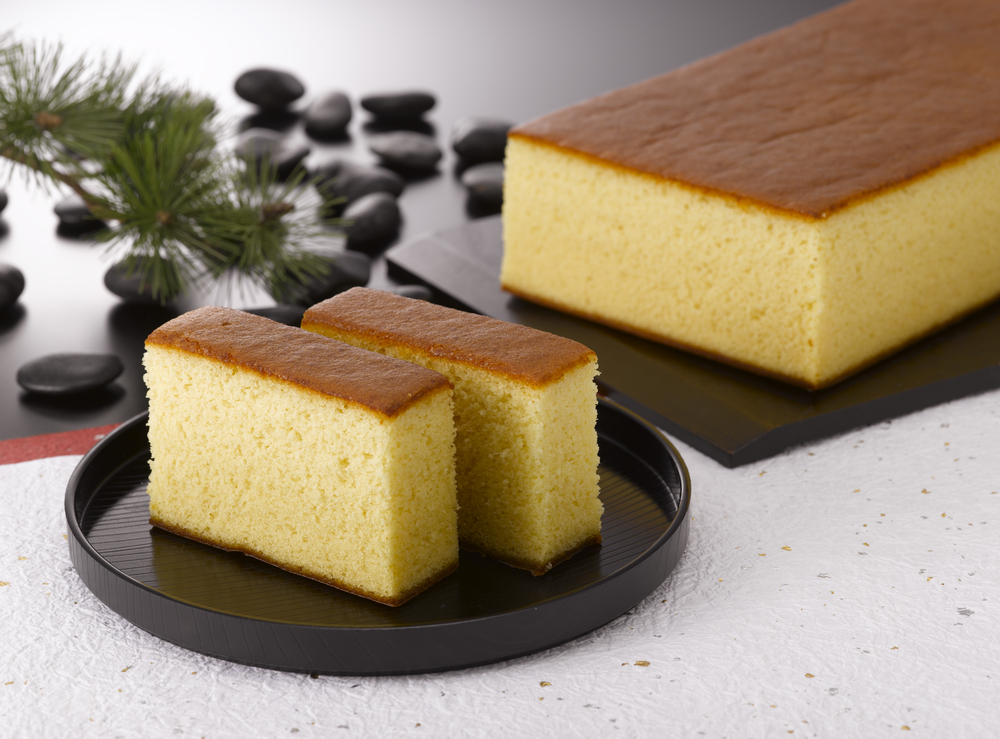
For sweet treats, try Kasutera (Nagasaki sponge cake) and Yufuin’s milky puddings. For dessert, appetites gravitate toward the spongy, honeyed Nagasaki kasutera, a legacy of Portuguese traders that has become a regional favourite. Bakers perfect its airy, moist crumb with a caramelised top, and it’s available in classic and matcha flavours. In Oita’s Yufuin, treat yourself to milky, custard-rich pudding—a favourite souvenir and a cool, creamy finish after a soak in the onsen. Most hot spring towns have speciality shops, so be sure to shop around and try both classics and playful variations.
![]() Where to Stay
Where to Stay
📍 Hotel Monterey Nagasaki
Experience European charm with Hotel Monterey Nagasaki’s classic décor inspired by the city’s overseas ties, set close to Glover Garden and Chinatown. The hotel’s central location is perfect for exploring Nagasaki’s key attractions on foot.
Address: 1-22 Ouramachi, Nagasaki, 850-0918, Japan
View on Google Maps
From S$100 per night
📍 Hotel Nikko Fukuoka
A top pick for city access, Hotel Nikko Fukuoka places you within easy reach of shopping, dining, and Fukuoka’s cultural sights. Its modern comfort and proximity to Hakata Station make it ideal for both sightseeing and onward travel.
Address: 2-18-25 Hakata Ekimae, Hakata Ward, Fukuoka, 812-0011, Japan
View on Google Maps
From S$150 per night
📍Shiroyama Hotel Kagoshima
Enjoy stunning panoramic views of Sakurajima volcano from Shiroyama Hotel’s hilltop hot springs and indulge in luxury amenities. This hotel is a relaxing retreat after a day of sightseeing in Kagoshima.
Address: 41-1 Shinshoincho, Kagoshima, 890-8586, Japan
View on Google Maps
From S$165 per night
📍 Ryokan Sanga (Kurokawa Onsen)
Nestled in forested hills, Ryokan Sanga is a tranquil, traditional inn where you can enjoy private open-air baths, serene river views, and impeccable Japanese hospitality—a true escape from the bustle of city life.
Address: 6961-1 Manganji, Minamioguni, Aso District, Kumamoto 869-2402, Japan
View on Google Maps
From S$250 per night
📍 Yufuin Tamanoyu
A refined ryokan blending stylish Japanese design and intimate private onsens, Yufuin Tamanoyu offers beautiful views of Mt. Yufu and an elegant atmosphere, perfect for a romantic or restorative getaway.
Address: 2731-1 Yufuincho Kawakami, Yufu, Oita 879-5102, Japan
View on Google Maps
From S$300 per night
Tip: Book well ahead during peak seasons such as cherry blossom and autumn foliage periods to secure the best rooms and rates.
 Getting Around
Getting Around
Kyushu is well-connected by the JR Kyushu rail network, including the shinkansen (bullet train). For maximum flexibility, consider renting a car, especially for rural areas and scenic drives.
Best Time to Visit
- Spring (March- May) and autumn (September–November) offer pleasant weather and beautiful landscapes. Summer can be hot and humid, while winter brings fewer crowds and the chance to enjoy steaming outdoor onsen.
Practical travel tips
- Language: English is not widely spoken in rural areas, so basic Japanese phrases or a translation app can be helpful.
- Cash vs card: While cities accept credit cards, many rural spots and small eateries are cash-only. ATMs at convenience stores are reliable for withdrawals.
- Useful Apps: Download Google Maps, Japan Travel (NAVITIME), and Google Translate to make getting around easier.
- Transport Cards: Use IC cards like Suica or ICOCA for buses and trains across most cities and towns.
- For maximum flexibility, consider renting a car, especially for exploring Kyushu’s rural areas and scenic drives. Europcar, in partnership with the Automobile Association of Singapore (AA), offers members instant car rental confirmation and a wide selection of vehicles worldwide. Find out more about AA’s Europcar privileges here.
Where to Go in Kyushu?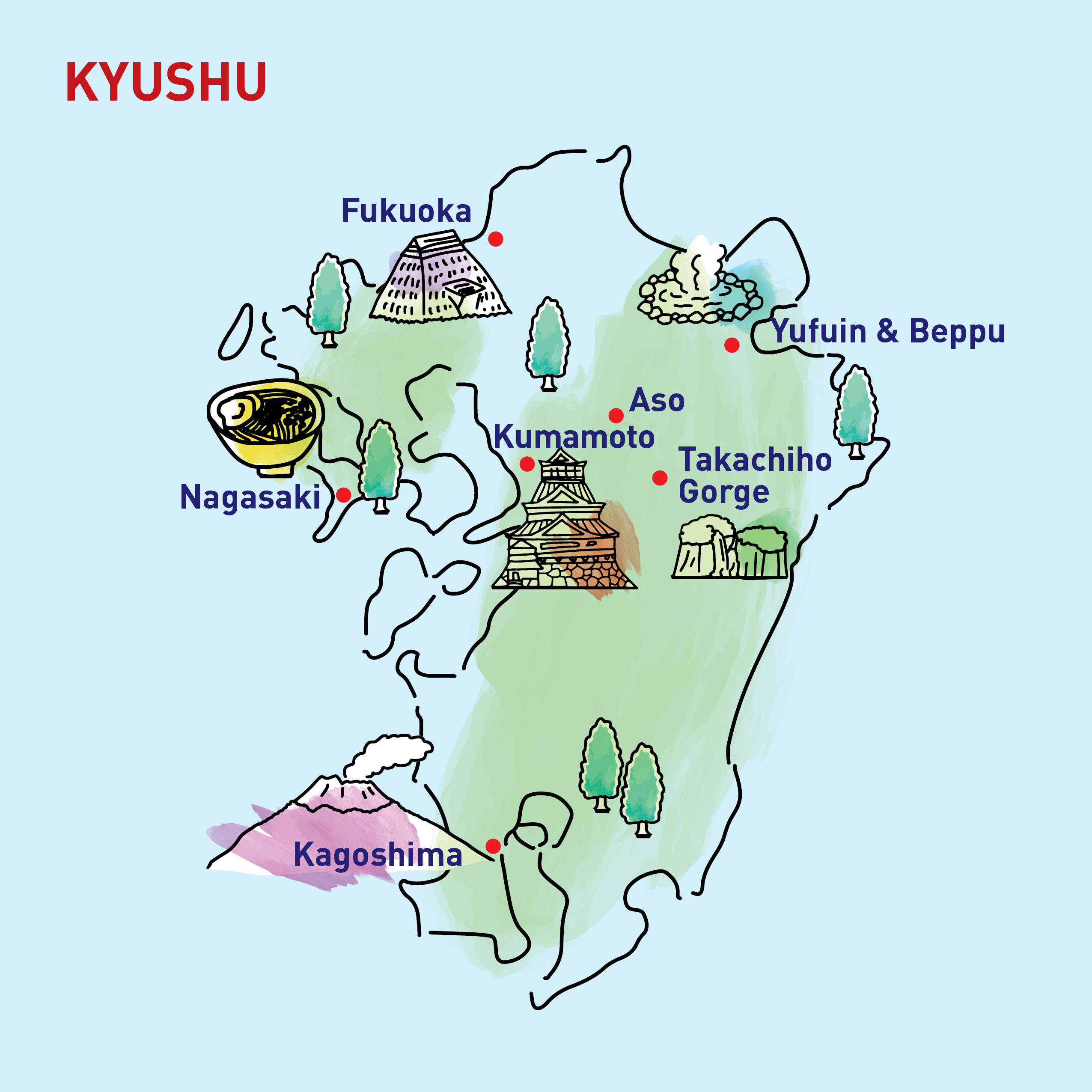
Kyushu is packed with diverse attractions, from volcanic landscapes and historic cities to hot spring towns and natural wonders. Here’s a flexible roundup of key destinations and experiences to help you craft your journey.
📍 Fukuoka
- Fukuoka Castle Ruins & Ohori Park: Stroll through lush parklands and ancient castle remains in the heart of the city.
- Yatai Food Stalls: Indulge in local bites at riverside food stalls, perfect for sampling Hakata ramen and regional treats.
- Canal City & Tenjin: Enjoy shopping, dining, and entertainment in Fukuoka’s energetic urban centres.
📍 Nagasaki
- Peace Park & Atomic Bomb Museum: Delve into the city’s poignant history and discover messages of peace.
- Glover Garden & Dejima: Immerse in Nagasaki’s unique blend of Japanese and European heritage through preserved neighbourhoods and gardens.
- Chinatown: Explore one of Japan’s oldest and enjoy vibrant street food.
📍 Kumamoto
- Kumamoto Castle: One of Japan’s most iconic castles, surrounded by seasonal blooms and historic gardens.
- Suizenji Jojuen Garden: A beautiful, meticulously landscaped garden, perfect for a peaceful afternoon stroll.
📍 Beppu & Yufuin
- Onsen Experience: Soak in renowned hot springs, from luxury ryokan to public bathhouses.
- Hells of Beppu: Tour the vividly colored, steaming geothermal pools—spectacular to view but too hot to bathe in.
📍 Mount Aso Area
- Aso Volcano: Visit the world’s largest caldera, hike scenic trails, and enjoy panoramic viewpoints.
- Aso Shrine & Local Farms: See one of Kyushu’s top shrines and taste fresh dairy products at farm cafés.
📍 Takachiho Gorge (Miyazaki)
- Rowboat or Walking Trail: Glide beneath waterfalls, then hike the lush canyon rim for dramatic views.
- Amanoiwato Shrine: Explore legendary Shinto sites steeped in myth.
📍 Kagoshima & Sakurajima
- Sakurajima Volcano: Take a ferry to this active volcano, enjoy walking trails and footbaths with a view.
- Shiroyama Observatory: Get sweeping views of the city and bay—spectacular at sunset.
📍 Amakusa Islands
- Nature & History: Unwind on tranquil beaches or set off on a dolphin-watching cruise. Explore the region’s hidden Christian history through small museums and preserved churches.
Mix and match these stops to create your ideal Kyushu trip, based on your pace and preferences. You can use Fukuoka or Kagoshima as hubs, with rail and car options connecting every highlight. Whether you’re drawn to lively cities, natural escapes, or culinary adventures, Kyushu’s charms are easily tailored to your style of travel.
An unforgettable Japanese adventure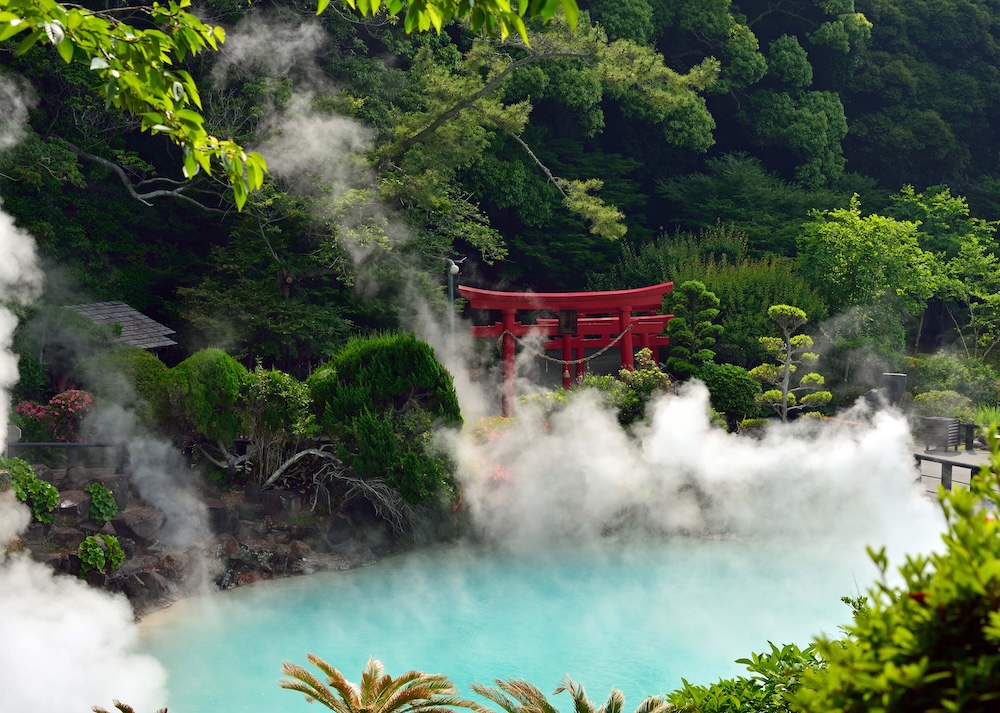
Kyushu is a destination that rewards curiosity, whether you’re soaking in a mountain onsen, savouring a bowl of Hakata ramen, or tracing the footsteps of samurai and missionaries. With its unique blend of natural beauty, history, and hospitality, Kyushu promises an unforgettable Japanese adventure. Ready to discover Kyushu? Pack your bags, bring your appetite, and let the adventure begin!
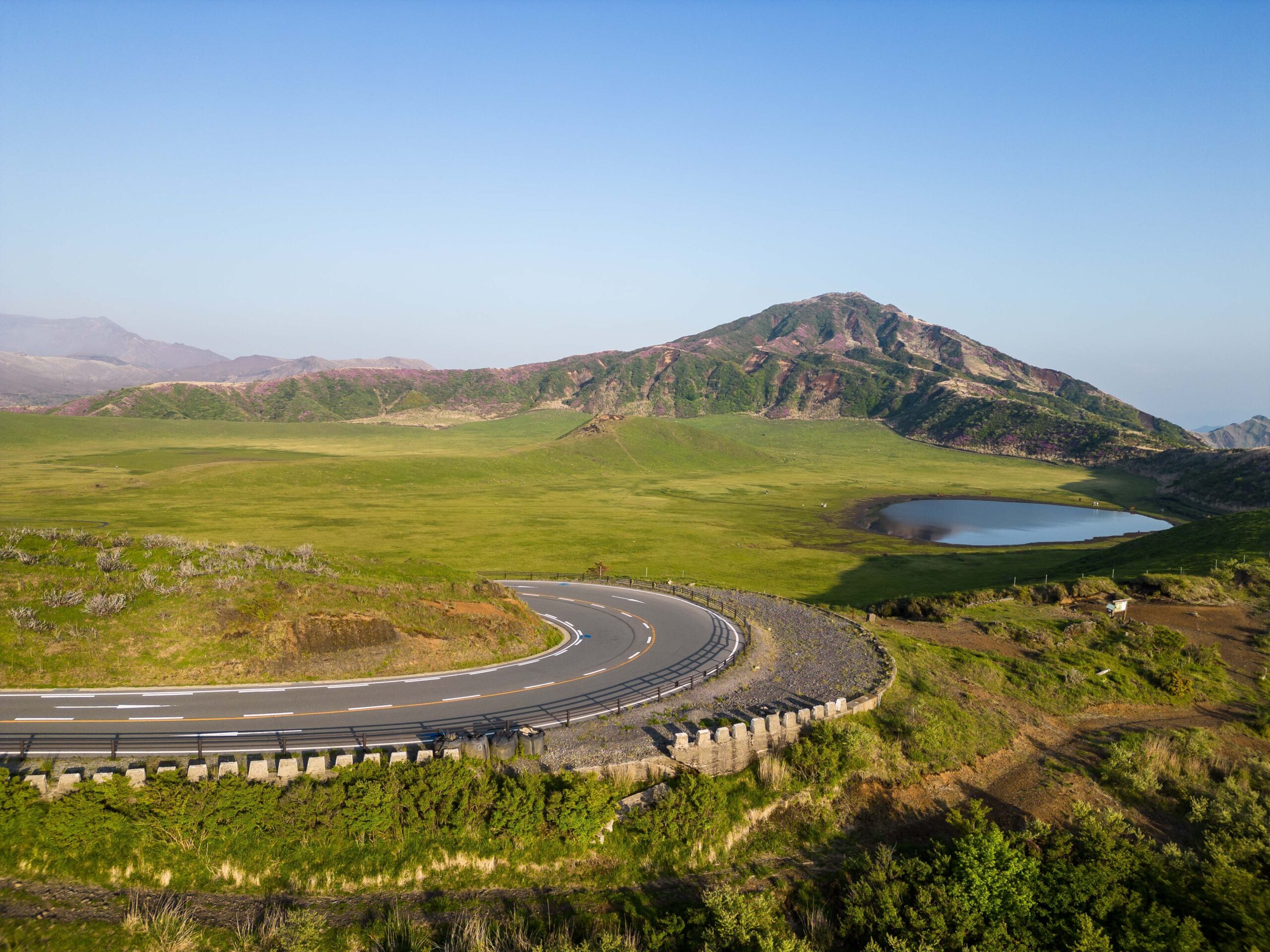 Join the AA Self-Drive Kyushu Adventure!
Join the AA Self-Drive Kyushu Adventure!
Want a hassle-free way to explore Kyushu’s highlights? The Automobile Association of Singapore (AA) is organising a 10-day, 9-night self-drive tour of Kyushu, covering all the must-see spots and hidden gems. Enjoy the freedom of the open road, curated experiences, and local guides, perfect for families, friends, or solo travellers.
Interested? Find out more and sign up here: https://aas.com.sg/trips/10d9n-aa-self-drive-in-kyushu-japan/



